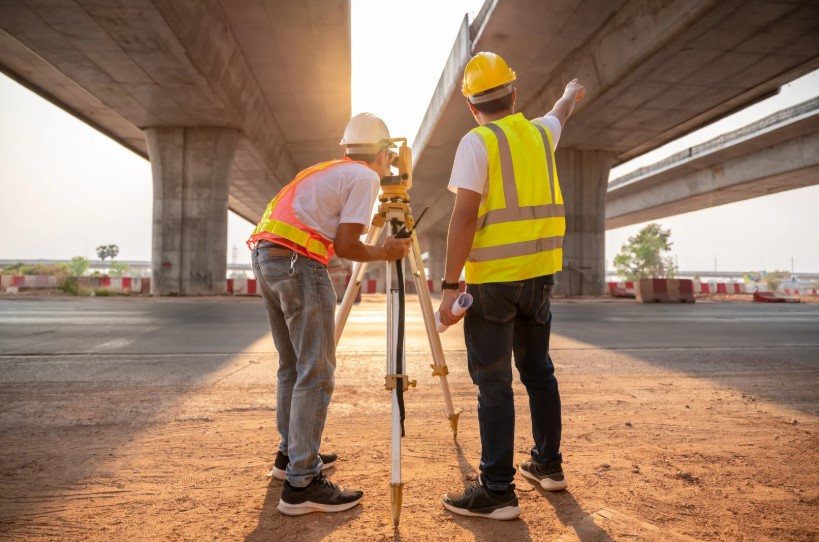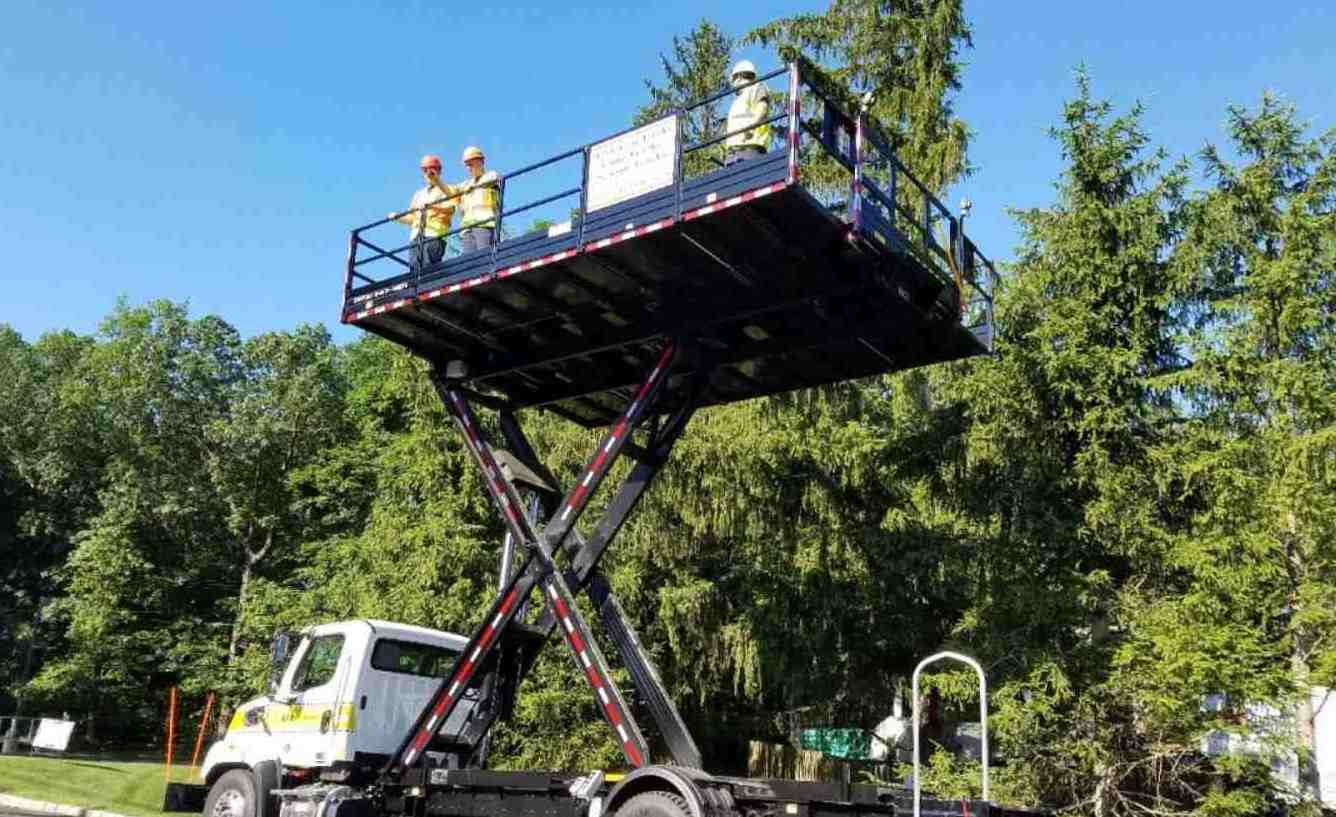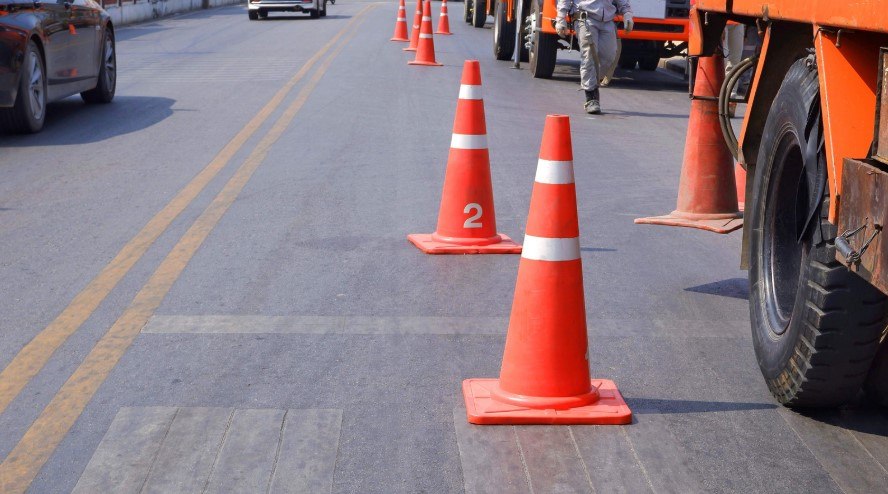A worker is injured in a highway work zone every 13 minutes in the United States. Think about that. In the time it takes to walk the taper, another family gets a call they never wanted. As a project manager or superintendent, you live with this reality. These aren’t just numbers; they’re the faces of your crew. The most dangerous road construction safety mistakes aren’t dramatic blowouts; they’re the small, quiet lapses that happen every day—until they don’t.
Why Small Safety Gaps Become Big Liabilities
We’ve all seen it: the pressure to stay on schedule, the budget scrutiny, the temptation to cut a small corner. But in our line of work, small gaps have a way of becoming catastrophic failures. These aren’t just about physical harm; they’re about financial survival. The average OSHA fine for a serious violation hovers around $15,625, but that’s just the start (OSHA, 2023). Add in project delays, insurance hikes, legal fees, and the crushing cost of a lost life, and you see the truth: proactive safety isn’t an expense. It’s the only investment that guarantees a return.
Top 8 Road Construction Safety Mistakes
After decades with my boots on the asphalt, I’ve seen the same preventable errors play out time and again. These are the most common work zone safety errors that put good people at risk, and the field-tested fixes that keep them safe.
1. Skipping the Pre-Shift Hazard Briefing
The Mistake: The crew rolls in, grabs their gear, and gets to work. The plan is “the same as yesterday.” This is a recipe for disaster. Assumptions are the most dangerous tool on any job site.
The Fix: A mandatory 10-minute tailgate meeting. Every single morning. No exceptions. Discuss the day’s specific tasks, the traffic control plan, the weather forecast, and any new or unique hazards. It’s not about bureaucracy; it’s about getting every mind focused on the same goal before the first engine turns over.
2. Poor Traffic-Flow Buffering
The Mistake: Relying on a few cones to separate your crew from 70-mph traffic. A cone is a suggestion. A distracted driver sees it far too late. This is the single greatest threat to your team.
The Fix: Create a fortress. This means a properly executed MUTCD-compliant cone pattern for the taper and, most critically, a certified Truck Mounted Attenuator (TMA) as the last line of defense. A TMA crash truck isn’t just a piece of iron; it’s a bodyguard for your entire operation, absorbing the kinetic energy of an impact and shielding your people from the intrusion. TMA crash truck safety is non-negotiable.
3. Inadequate Night-Work Illumination
The Mistake: Believing that standard truck lights and a few dim flashers are enough for a nighttime paving operation. To a driver approaching at highway speed, a poorly lit work zone is a confusing, invisible void until it’s too late.
The Fix: Own the night with light. This means deploying high-intensity, sequential LED arrow boards that are visible from a mile away, commanding drivers to merge early. It means using modern, well-maintained cone trucks with brilliant LED lighting to set your taper quickly and safely. And it means every crew member is outfitted in high-visibility Class 3 PPE.
4. Improper Equipment Backup Signals
The Mistake: A paver or dump truck is backing up, the operator is focused on their mirrors, and a ground worker is momentarily distracted. The standard “beep-beep-beep” becomes background noise on a loud site. These internal highway construction hazards are just as deadly as external traffic.
The Fix: A “zero-tolerance” spotter rule. No piece of heavy equipment moves in reverse without a dedicated, trained spotter who has positive eye contact with the operator. Augment this human system with multi-frequency “smart” alarms that are more noticeable than monotonous beeps.
5. Neglecting Daily Equipment Inspections
The Mistake: “The arrow board worked yesterday, it’ll work today.” A burnt-out bulb, a leaky hydraulic line on an attenuator, or a flat tire on a cone truck isn’t just an inconvenience; it’s a critical safety failure waiting to happen.
The Fix: A digitized, mandatory pre-shift inspection checklist for every piece of major equipment. Using a simple app on a phone or tablet ensures nothing is missed and creates a digital record. Better yet, partner with a rental provider like S.P.A. Safety Systems, whose rigorous maintenance protocol means the equipment arriving at your site is already in peak condition, minimizing the chance of a shift-starting surprise.
6. Confusing or Inadequate Signage Layouts
The Mistake: Signs are placed too close together, the message is unclear, or the sign is placed past the point where a driver needs to make a decision. A confused driver is an unpredictable and dangerous driver.
The Fix: Follow the MUTCD like it’s gospel. Use clear, concise variable message boards placed well in advance of the lane closure. The message should tell drivers what to do (“Right Lane Closed Ahead”), not just what the condition is. The goal is to make the correct path of travel the easiest and most obvious choice.
7. Rushing Scissor or Bucket Lift Setup
The Mistake: In a hurry to get a light tower or sign up, the crew sets up an aerial lift on uneven ground or fails to deploy the outriggers properly. A slight incline becomes a major tip-over hazard once the platform is elevated.
The Fix: Slow down to be fast. Train every operator to religiously check the machine’s level sensor before raising the boom. Ensure operators are certified for the specific piece of equipment they are using. Never, ever exceed the manufacturer’s specified limits for wind or ground slope.
8. Post-Impact Complacency
The Mistake: A vehicle impacts a TMA. There are no injuries, so the truck is put right back into service. This is a critical error. The attenuator’s internal structure may have hidden damage that will cause it to fail during a subsequent impact.
The Fix: A mandatory, post-impact structural check. Any attenuator that takes a hit—no matter how minor it seems—must be pulled from service and inspected by a qualified technician. When you rent from S.P.A., this process is part of our service. We’ll swap the unit immediately to keep your zone protected while our experts verify the integrity of the impacted equipment.
|
Mistake |
Probability | Severity | Prevention Gear |
|
Poor Traffic Buffering |
Medium | Critical | |
| Inadequate Night Lighting | High | High |
LED Arrow Boards, Light Towers |
|
Skipping Daily Inspections |
High | High | Well-Maintained Rental Fleet (S.P.A.) |
|
Post-Impact Complacency |
Low | Critical | |
| Confusing Signage | High | Medium |
MUTCD-Compliant Message Boards |
|
Improper Backup Signals |
Medium | Critical | Spotters, Audible Alarms |
|
Rushing Lift Setup |
Low | High |
Certified Operators & Equipment |
| Skipping Pre-Shift Briefing | High | Medium |
N/A (Procedural Fix) |
Case Study: How a NJ Paving Crew Cut Near-Misses by 45%
Frank Rizzo, a supervisor for a North Jersey paving outfit, was running a tight nighttime milling project on Route 80. “My guys were spooked,” Frank said. “We had two cars in one week, clip our cones. Morale was in the gutter.” He called S.P.A. Safety Systems and brought in two TMA trucks to shield the operation and a new LED arrow board. “It was a night-and-day difference. The traffic moved over a half-mile back. My crew felt protected.” By the project’s end, their documented near-misses had dropped by 45%, and they beat the schedule by two shifts.
Cost-Benefit Snapshot: An Investment in Survival
The numbers don’t lie. The financial argument for proactive safety is the easiest math you’ll ever do. When you weigh the weekly cost of the right equipment against the astronomical cost of one bad day, the decision makes itself.
|
Metric |
Cost Comparison |
|
The Risk: Average Injury Accident Cost |
$90,000+ |
| The Prevention: 1-Week TMA Rental |
$2,200 |
Your 10-Step Prevention Checklist
Don’t let these road construction safety mistakes happen on your watch. Use this checklist on every project.
- Conduct a Pre-Project Risk Assessment: Identify hazards before the first boot hits the ground.
- Develop a Written Traffic Control Plan (TCP): Your formal playbook for safety.
- Source Certified, Meticulously Maintained Equipment: Your gear is your crew’s lifeline. Vet your rental partner.
- Hold a Pre-Shift Tailgate Meeting—Every Single Day: No exceptions.
- Verify All Operator Training and Certifications: The right person for the right machine.
- Inspect All Safety Equipment Before Each Shift: Use a checklist.
- Establish Unmistakable Communication Channels: Test radios and confirm signals.
- Enforce a “Heads Up” Culture: No distractions for anyone with a safety-critical role.
- Monitor Weather and Site Conditions Actively: Have a clear “stop work” trigger.
- Conduct a Post-Shift Debrief: What went right? What could be better tomorrow?
FAQs: Road Construction Safety Mistakes
1. What insurance do we need to rent a TMA or arrow board?
You’ll need to provide a certificate of general liability insurance and add the equipment to your policy as “hired-in plant.” It’s a standard process, and our team can walk you through the specifics.
2. Who is qualified to operate this equipment?
Only personnel who have received proper training and certification on the specific model are qualified. Upon delivery, we provide comprehensive familiarization to ensure your designated operators are confident and competent.
3. How fast can you get a truck to our site in New Jersey?
We are built for speed. For projects in the NJ tri-state area, we can often deploy equipment within 24-48 hours. Emergency, same-day service is frequently available for established clients.
4. What happens if a rental unit has an issue on-site?
Our job isn’t done at delivery. We have a 24/7 service line. We can dispatch a field technician or an emergency swap unit to your site to minimize downtime and keep your work zone protected.
5. Do your attenuators meet the latest MASH standards?
Absolutely. We only stock modern, certified equipment that meets or exceeds all current federal and state requirements, including the latest MASH testing criteria.
Don’t Be a Statistic
You can’t control every driver on the road, but you can control the integrity of your work zone. You can choose to give your crew a fighting chance, or choose to build a fortress of safety around them. The difference between a project that ends with handshakes and one that ends with incident reports is the series of choices you make long before the first cone is dropped.
Stop gambling. Start planning.
Ready to eliminate these common road construction safety mistakes from your projects? Contact the experts at S.P.A. Safety Systems today. We’ll arm you with the right equipment and the peace of mind that comes with it.








